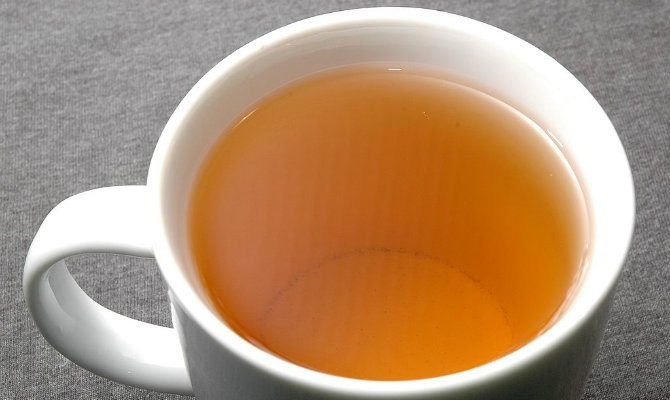Archaeologists Find 2,150-Year-Old Tea In Emperor's Tomb
Archaeologists made a startling discovery when they uncovered the earliest known example of tea in the tomb of a Chinese emperor.
According to NPR, the earliest reference to tea being consumed as a beverage comes from a Chinese manuscript dated to around 59 b.c.e., but scholars are not even certain that passage actually refers to tea and not some other concoction. Now, however, archaeologists have found even older evidence of tea.
Archaeologists uncovered some mysterious plant matter from the 2,150-year-old tomb of Han Dynasty emperor Jing, who died in 141 b.c.e. The mysterious substance looked like tiny leaf buds, like tea, and was reportedly studied for decades before scientists were able to prove conclusively that it was actually tea, as some had suspected.
Scientists report that the block of plant leaves contained caffeine and theanine, and theanine only comes from tea plants.
"The identification of the tea found in the emperor's tomb complex gives us a rare glimpse into very ancient traditions which shed light on the origins of one of the world's favorite beverages," said archaeobotany professor Dorian Fuller.
Just because tea was found in the tomb does not necessarily mean that people back then were drinking it in a way people today would recognize, though.
"I'm not convinced that this is a discovery of 'tea drinking' as it was later understood. It could have been used along with other ingredients in a medicinal soup, for example," said professor James Benn, author of Tea in China: A Religious and Cultural History.
